Bagmati Province
Shattered by disaster, ignored by authorities
Families hit by floods and landslides in Kavrepalanchok face dangerous conditions with no safe shelter as government aid and relocation plans lag.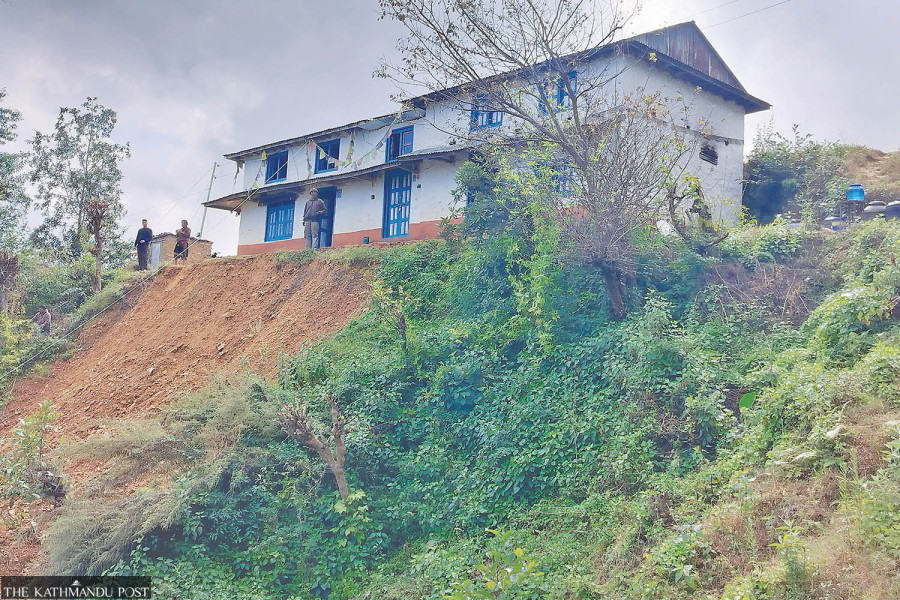
Jyoti Shrestha
Bishnu Bahadur Tamang, 43, from Nangi Danda Maikhoriya in ward 2 of Panauti Municipality, is living a nightmare that echoes the haunting lines of the song ‘Railko Bato 2’ by Suraj Pandit: “Where should I go, leaving the village? I haven’t seen a city to hide... Building a big palace to live in is not my desire. When will there be a roof on the broken hut? When will I get enough food in the morning and the evening?
In the last week of September, a devastating landslide severely damaged his home, and since then, his family has had no choice but to remain in dangerous conditions with no other shelter to turn to.
Tamang’s situation mirrors the anguish expressed in the song—there’s no place to escape to, no means to rebuild. The landslide in front of his home constantly leaves the family in fear. “I survived the landslide, but now the house is at risk,” he said. “A large landslide has occurred right in front of the door. It’s hard even to leave this place. We have to move carefully in fear. If we fall from here, we will end up directly in the river below.”
Tamang's two young grandchildren, one just 13 months old and the other seven years old, add to his burden. “It’s difficult to protect these children,” he said. “When I go to work, I lock them in the room. “Even though there is fear and danger, where else can I go? There’s no other option but to stay here. We are trying to fix this place as much as we can. It would feel safer if we could at least build a wall, but we can’t afford to do that either.”
It has been over a month since the District Disaster Management Committee promised cash assistance to flood and landslide-affected families, offering 15,000 rupees for families of up to five members and 20,000 rupees for those with more than five members. But Tamang, like many others, has yet to receive any help. “We heard that the government would help,” he said. “But so far, we haven’t received a single rupee from anywhere. If we had received the money, at least we could have built a wall to make the place safer.”
Many in the area share Tamang’s struggles. The surrounding hills have cracked and split, leaving a dangerous and unstable landscape. A landslide has also damaged livestock sheds just a short distance from Tamang’s home. Indra Prasad Acharya, 62, who lives with ten other families, describes how the landslides have left them with no safe refuge. “Where should I go?” he asks. “There is no place to go. It takes one to two hours to reach the city. I can manage to leave, but I worry about the livestock. I can’t leave them behind, so we somehow manage to stay here.”
Acharya, like many others, has few options. Although some of his neighbours have moved to safer locations due to the threat of floods and landslides, he remains unable to relocate because of his connection to his land and livestock. “I don’t have a house or land anywhere other than here,” he said. “Even in the places I have here, it’s unsuitable for construction. This year, we are managing somehow, but next year, it won’t be possible to stay here,” said Acharya.
Similarly, in ward 3 of Bethanchok Rural Municipality, 71-year-old Dalli Maya Shrestha has been living in a house severely damaged by floods and landslides for the past month and a half. “The landslide hit from above, and the flood has eroded from below, making the house completely unsafe,” she said. “We stay here during the day, but at night, we sleep at the old age home across the river due to fear.” Shrestha is equally without options. “Where can we go? How can we rebuild?” she said, her voice filled with worry. “We don’t have any other land and can’t afford to buy new land. We can't keep living like this forever.”
The plight of families in Bethanchok is not unique. In the neighbouring Banepali Tole, 15 houses are at high risk due to the ongoing floods and landslides. The area has seen widespread displacement, with 282 households in Bethanchok affected by natural disasters. The local authorities are considering plans for managing these at-risk settlements, though many of these families remain stuck in unsafe conditions.
Panauti Municipality, too, is facing similar challenges. Mayor Ram Sharan Bhattarai said several villages in ward 2 are at risk, and there are growing calls for relocation. “Requests have been made to the District Disaster Management Committee, the National Disaster Risk Reduction and Management Authority, and other relevant bodies to conduct studies and research, urging them to expedite the relocation of the settlements,” Bhattarai said.
In a meeting held on October 21, the Disaster Management Committee requested the National Disaster Risk Reduction and Management Authority and the Urban Development and Building Office conduct a geographical study of the vulnerable settlements. The committee also aimed to identify uninhabitable settlements due to floods and landslides and plan to relocate these families. However, a month later, there has been no progress in implementing these decisions.
Umesh Kumar Dhakal, the chief district Officer and coordinator of the District Disaster Management Committee, said that repeated reminders had been sent to the relevant authorities. Still, no data on at-risk settlements has been received. The disaster has caused significant damage to human life and property across 13 local units in Kavrepalanchok. Still, the authorities have not yet provided an official report on the scale of destruction. “We are currently in the data entry process,” Dhakal said. “Once all the information is compiled, a comprehensive report for the district will be prepared.”
Preliminary data from the District Disaster Management Committee reveals that 2,844 houses have been destroyed, while 6,046 houses have suffered partial damage. Despite the gravity of the situation, the affected families are still waiting for the promised support to rebuild their lives and ensure their safety.




 7.12°C Kathmandu
7.12°C Kathmandu
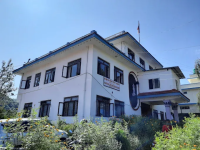





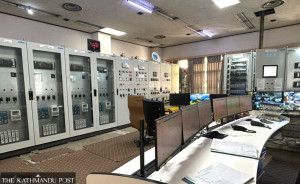
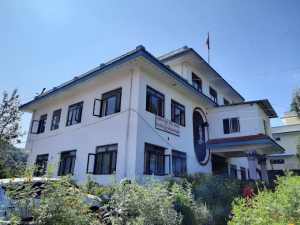
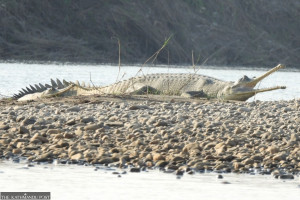


%20(1).jpg&w=300&height=200)

